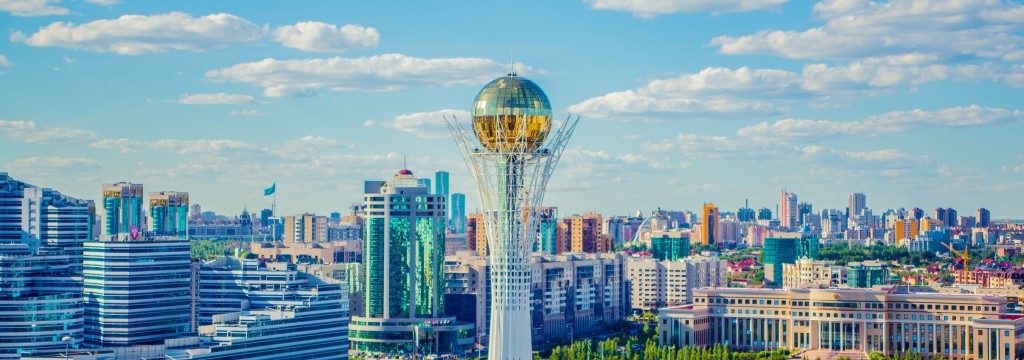ASTANA – In the past 20 years, the city has become the largest scientific, cultural and business centre in Kazakhstan. To mark the 20th anniversary of the nation’s capital, local officials and foreign guests gathered June 5 for Astana: The City of Peace international conference.
One session focused on the urban area’s smart city initiatives, as well as the experience and development trends of world cities.
“The architecture of the city has already been formed. Now, the city faces the more important task of becoming self-sufficient, including as an economic growth point,” said Astana deputy akim (mayor) Malika Bekturova.
She noted the city’s quantitative achievements in its first two decades.
“The gross regional product (GRP) of Astana has exceeded 5 trillion tenge (US$15.1 billion). This is a 25-fold increase compared to the figures in 1997. This is significant growth. The city has grown both territorially and quantitatively. The city population has grown more than three times, so this has enabled us to see a large influx of investment… The city attracts more and more investments every year. Today, it is the most active city in terms of the growth of small and medium-sized businesses. The city’s contribution to the development of the country’s economy accounts for 12 percent of the country’s gross domestic product (GDP),” she added.
The capital is setting ambitious tasks to develop as a smart city. The akimat (administration) is studying the experience of comparable capitals.
“All these comparisons give us the idea that we will not be able to provide quality services unless we become a smart city. A couple of projects that we are now implementing are aimed at this task,” she noted.
Warsaw is implementing the smart city concept in urban operations. Deputy mayor Witold Pahl presented its experience in transport and landscaping.
“A smart city is an intellectual city characterised by modern economic and ecological solutions focused on the welfare of citizens. The example of Warsaw shows that this is not a matter of the future. Almost every resident of the city uses this technology every day,” he said.
The Polish capital is distinguished by one of the most modern public transport systems used daily by 75 percent of residents who travel by bus, metro, tram, fast city train or bicycle. Public transport offers intelligent, technically advanced solutions, including electronic information boarding, ticket machines and charging points for public vehicle electrical devices.
“Warsaw also appreciates its natural heritage. Approximately 40 percent of the city’s territory is green area. It consists of almost 80 parks, squares, lawns and forests. Urban greenery is formed for the inhabitants and their needs; therefore, everyone can plant a tree in the city. This is facilitated by special application, where anyone can recommend an area for a new green space to the city administration,” said Pahl.
The Kazakh capital’s administration is creating conditions to accommodate its residents. Plans are underway to install approximately 200 multifunctional warm bus stops, 55 of which will be built at city expense.
Astana LRT is the first and only company in Kazakhstan that implements ITS (Information Technology Services) projects to effectively regulate traffic flow using modern technology and automated traffic management systems.
President Nursultan Nazarbayev noted the importance of incorporating smart city innovations.
“The smart city concept will become the locomotive of regional development, the spread of innovation and the improvement of the quality of life throughout the country,” he said on an earlier occasion.



